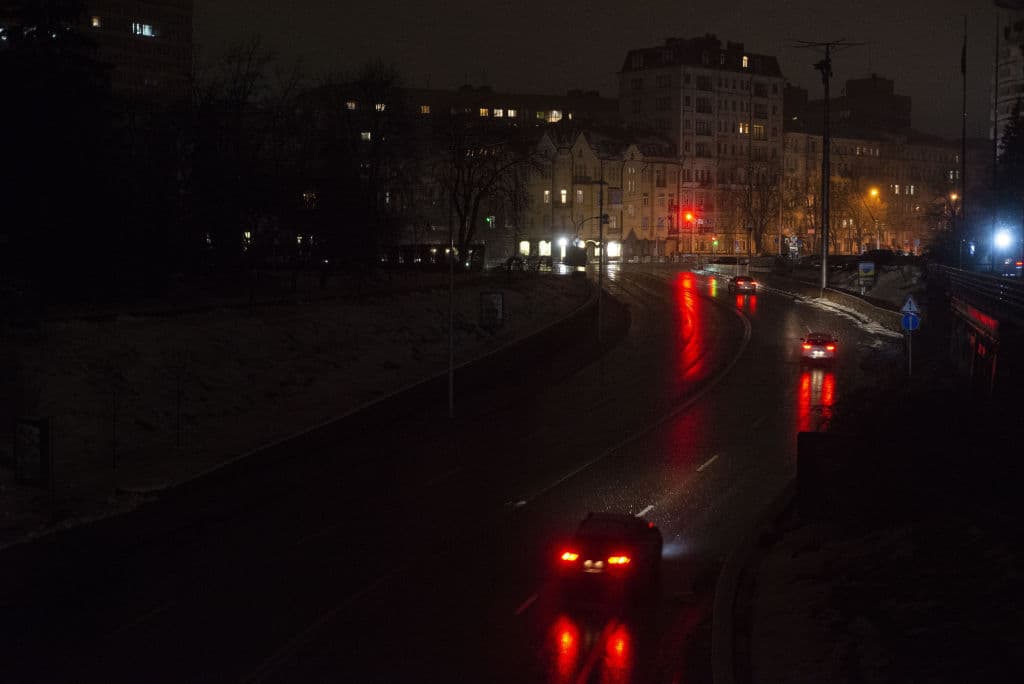In an interview with RBK-Ukraine media outlet, Kyiv Mayor Vitali Klitschko said that the city's residents should be ready for "the worst case scenario," as Russia continues to attack Ukraine's energy infrastructure.
Klitschko called on Kyiv residents to prepare by stocking up on food, water, warm clothes, and power banks in case of a long blackout in the capital. He also asked those who can to move to Kyiv suburbs, to their country house or their friends' residence, if they maintain a water supply and have a fireplace.
There may be “a temporary relocation of certain categories of people to the suburbs, where there can be (communal) services,” according to Klitschko. He didn't specify what those categories are, whether the authorities will organize the relocation or whether he meant people's self-organized relocation, which he had called for.
The New York Times reported on Nov. 6 that Kyiv authorities had started planning the evacuation of the city’s three million residents in case of a complete blackout in the Ukrainian capital. Roman Tkachuk, the director of Kyiv’s security department, later denied the information.
The mayor also said people in Kyiv should be ready for the power outages to last until spring due to the greater load on the system during the cold season.
On Nov. 23, Russia launched the fifth massive attack on energy infrastructure nationwide, causing widespread power, mobile connection and water outages in Kyiv and other cities. The previous large-scale strikes took place on Oct. 10, Oct. 17, Oct. 31, and Nov. 15.
According to Klitschko, 70% of households were left without electricity in Kyiv a day after the Nov. 23 attack.












